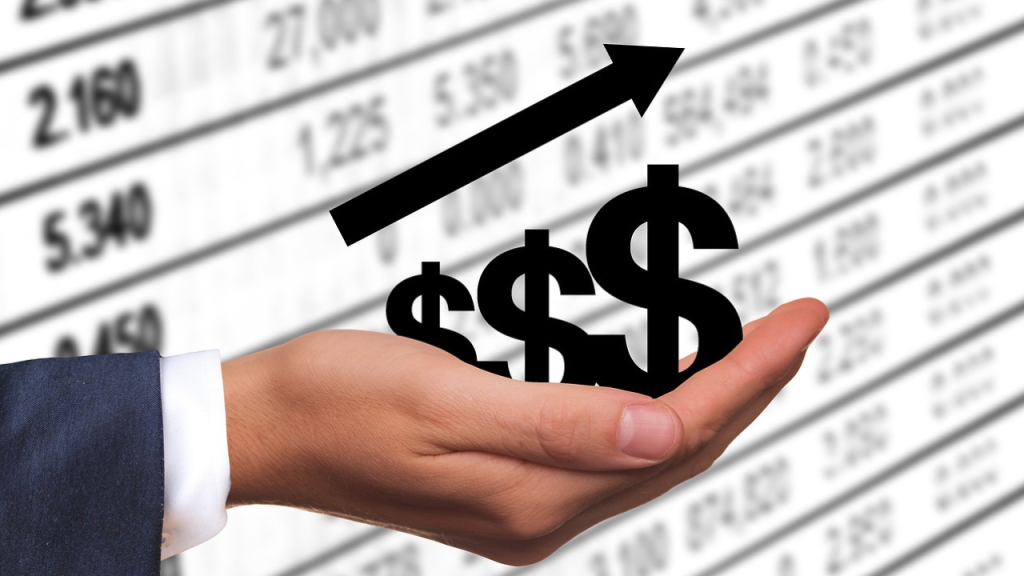How to Create a Successful Channel Incentive Program
In this article, we’re going to teach you how to create a successful channel incentive program, helping you make more money while saving time and resources.

What is a Channel Incentive Program
Basically, a channel incentive program is a strategy designed to motivate channel partners like contractors, affiliates, distributors, and resellers to actively promote and use your products. It’s also known as a partner incentive program.

Why Do You Need a Channel Incentive Program?
The biggest reason is because of competition. Your partners use products from many different vendors. You need a way to stand out.

What are the Benefits of a Channel Incentive Program?
Some of the benefits of channel incentive programs are:
1. They can accelerate the growth of your business
If the right channel incentives are tied to specific targets and milestones, partners will work hard to achieve them as quickly as possible. This can help you when you’re launching a new product. It can also help when you’re trying to boost sales of an existing product.
For example, the ITA group found that channel incentives can result in a sales boost of around 32%, which can be used to further grow your business.

2. They can help you enter new markets
A strong incentive program can make you an attractive partner. This could help you work with distributors or resellers in regions that you previously had no share in.

3. You can motivate your partners to invest time and effort into training
Not all incentive programs need to be strictly related to selling products. It could also be about sales training.
While you still want your partners to hit and surpass sales targets, one of the best ways to do that is with a training program that teaches extensive brand and product knowledge.

4. You can boost partner loyalty
The right channel incentives encourage your partners to prioritize your business and products over your competitors.
Incentivized partners are more likely to place repeat orders and establish themselves as long-term associates.

5. You can improve your brand awareness
A channel incentive program creates genuine interest for your partners and a desire to sell your products to as many customers as possible. This can turn your partners into brand advocates.

The Types of Channel Incentives
There are many different incentives that can be offered. Unique to each program, here are some examples:
1. Rebates and Discounts
Offering rebates encourages partners to sell your products over competitors. An example is providing a 10% rebate on all orders exceeding $5,000 within a quarter.

2. Volume or Performance-Based Incentives
Volume-based incentives are given based on the achievement of specific milestones. An example is awarding a bonus of $1,000 for partners who exceed a sales target of $50,000 in a month.

3. Market Development Funds
Market Development Funds, or MDFs, are provided to partners to support joint marketing efforts. These funds help reduce the financial burden on partners for ads while also helping you make more money.

4. Sales Performance Incentive Fund
These are also known as SPIFs, which are short-term, immediate incentives to drive quick sales boosts by rewarding specific achievements. An example is giving a $500 SPIF to sales reps who sell 100 units of a new product within the first month of its launch.

5. Complimentary Products
This is where partners are rewarded with free products or samples based on their sales performance, which they can use to show your products to customers. If you sold skincare products, an example is offering a demo-kit of your full skincare range for every $5,000 worth of products sold by a partner.

6. Recognition and Awards
This is where partners’ accomplishments are celebrated with an awards program. An example of this is creating a “top seller” plaque and featuring the partner on your company’s website every quarter.

7. Travel or Events Rewards
This is where partners are rewarded with travel incentives as an acknowledgement of their hard work. This could be an all-expenses-paid trip to Hawaii for partners who exceed annual sales targets by at least 20%.

8. Referral Incentives
This is a way to encourage partners to recommend your products to peers by offering incentives for successful referrals. An example is providing a $300 credit towards their next purchases for each new partner they successful refer who makes an order.

9. Training and Education
This is where partners are encouraged to participate in training programs and achieve certifications with your company, improving their product knowledge and sales techniques. This could be a 1% discount on all orders for a year to partners who complete an advanced sales training course.

8 Tips on How to Improve Your Channel Incentive Program
Here are 8 tips on how to improve your channel incentive program.
1. Simplicity is Key
There’s nothing worse for channel partners than a confusing program with hoops to jump through.
You want to reward partners for positive behaviors without breaking the bank. For example, offer bonuses for achieving milestones like a 10-20% increase in sales compared to the previous quarter or year. Or incentivize selling higher-margin products with an extra 5% commission, encouraging partners to focus on them.
This can lead to happier partners and higher revenus.

2. Track Key Performance Indicators
There’s a saying in business: “you can’t manage what you don’t measure.”
On that note, here are a few essential metrics you should be tracking to keep your program right:
Enrollment Rate: This measures how many eligible partners are signing up for your program. A high rate indicates strong appeal and effective marketing. Tracking changes year-over-year can reveal important trends about partner interest.
Participation Rate: This gauges how actively partners engage with the program. Metrics like website visits and time spent on your rewards portal offer insights into how compelling your program is. Low engagement means it’s time to tweak your offerings.
Sales Conversion Rate: Monitor how many leads are converting into sales through the incentive program. This indicator helps assess the direct impact of incentives on sales performance.
Average Deal Size: This tracks the average revenue per closed deal by partners in the program. An increasing trend can indicate that your high-margin product incentives are working.
Customer Retention Rate: For programs targeting existing customers through partners, this metric helps you understand how effectively the program keeps customers coming back.

3. Establish Strong Communication
To stand out with competitors, build trust with consistent routines. Humans are creatures of habit. For example, always sending emails on Tuesday afternoons helps you build rapport.
Also, be sure to keep emails short and personal to avoid sounding robotic. Always consider how they benefit the recipient.

4. Make Your Program Aspirational and Attainable
Start with modest goals, like a 1-3% increase in sales compared to the previous year, attracting more partners. Over time, raise goals to 10% and even 25%, helping sellers sell more and making more money for you too.

5. Keep Engaging Your Program
Revitalizing a dead program costs lots of time and money, so analyze data regularly for improvement opportunities. For example, after a year or two, if engagement drops, hold a giveaway or sweepstakes.
To prevent partners from signing up and never returning, consider having them earn points within 24 hours of joining, showing the program’s value immediately.

6. Implement Gamification
Gamification can transform your channel incentive program from a routine process into an engaging, interactive experience.
By integrating elements like leaderboards, points, badges, and achievement levels, you create a game-like atmosphere that spurs competition and fun. This method uses the natural human desire for recognition and achievement.
For example, you could set up monthly or quarterly contests where partners earn badges for hitting sales targets or unlocking new levels of rewards based on their performance metrics. This playful competition keeps partners engaged, encourages continuous improvement, and can significantly boost their motivation to achieve higher goals.

7. Use AI for Enhanced Analysis
Artificial intelligence is revolutionizing how businesses analyze data and predict trends.
In the context of a channel incentive program, AI can be used to sift through vast amounts of data to identify data and predict trends that are not immediately obvious.
This technology can predict which incentives will most likely drive better performance and identify which partners might increase sales under specific conditions. Furthermore, AI can automate the personalization of incentives for individual partners, enhancing the effectiveness of your program.
By implementing AI, you ensure that your program is not only reactive but also proactive, adapting to changes in partner behavior and market conditions in real time.

8. Use Software Solutions
To effectively manage the complexities of a modern channel incentive program, robust software support is essential.
Computer Market Research’s Partner Portal provides this. This software streamlines the execution of your program, from tracking partner performance and managing incentives to analyzing the success of various strategies.


